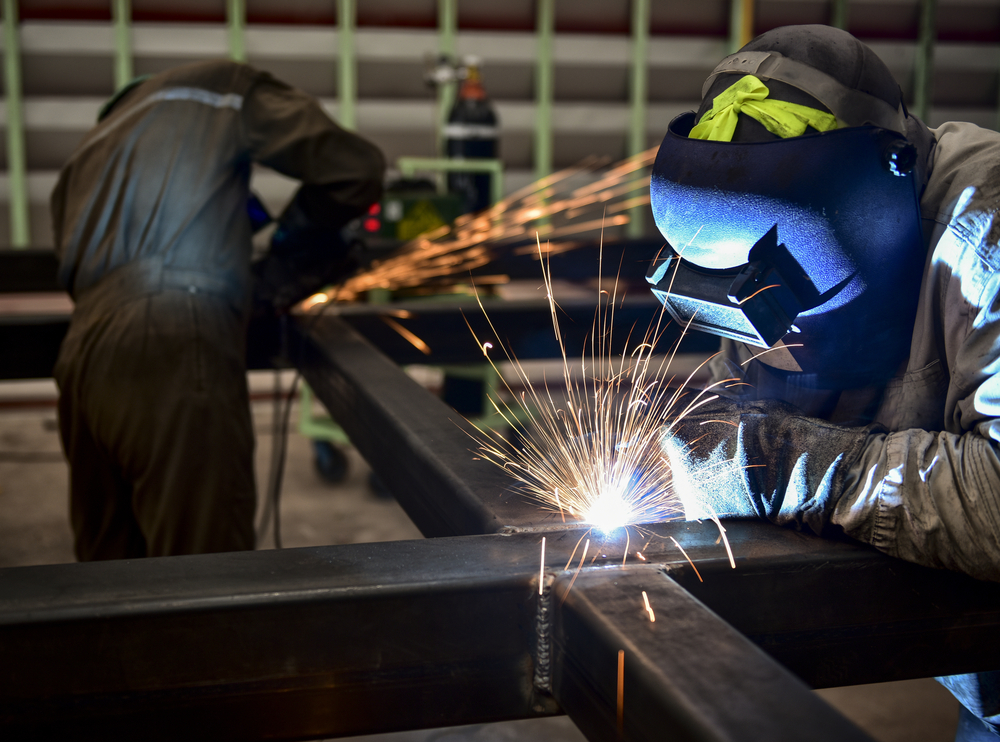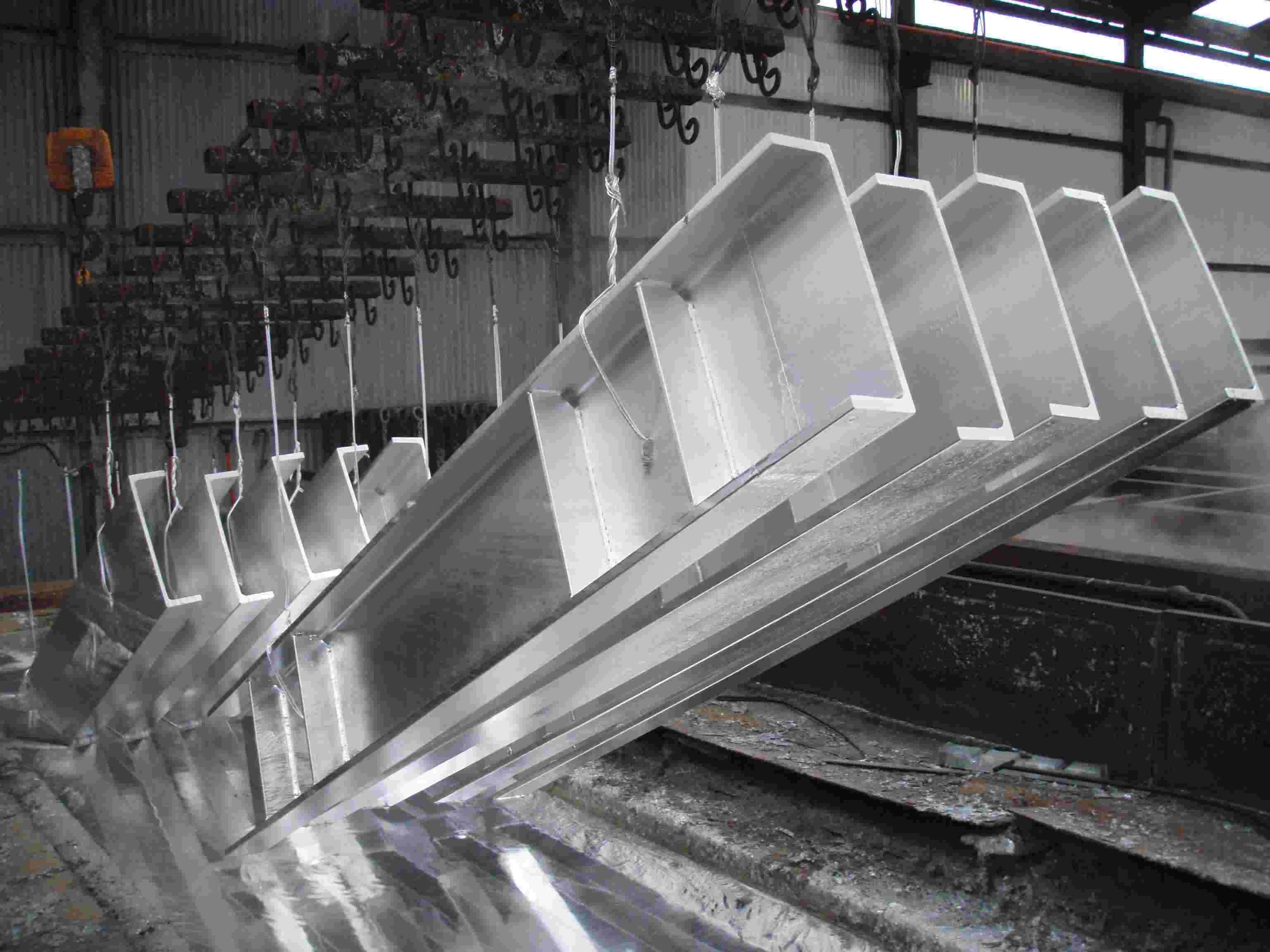Today, metal sheets produced by metal sheet Singapore are the foundation of all engineering. Everything has it, from machines and automobiles to home facades and furniture. Any metal between 0.5 and 6 millimeters thick is considered sheet metal. Engineers need a basic understanding of sheet metal to utilize it fully. This covers common measurements, materials, variations in manufacture, and potential shaping techniques.
The thin sheet metal has a high degree of strength while being simple to manufacture. It is an excellent fit for most technical uses and comes at a reasonable cost. Because of this, it is present all around us. The mechanical properties of metal sheets are identical to those of the base metal. Steel sheets are therefore durable and have high tensile strength, making them ideal for use in equipment and construction. You can choose i beam size as per your choice.

What benefits does perforated metal offer?
- Perforated metal's properties enable creativity with light, sound, and visual depth. It can be used for structural and aesthetic purposes in architecture and design, including balustrades, facades, staircases, and screens.
- Given that it seems partially transparent when viewed from a distance, it can be utilized to provide seclusion and give a sense of enclosure without completely sealing off an area.
- Metal with holes can dampen sound. To stop echoes, for instance, ceiling panels can be added.
- It is possible to control the amount of light and airflow in a place using perforated metal. It can still allow for ventilation while blocking or limiting direct light. This may help to cut down on energy use.
- It is a choice that is non-slip and simple to clean.
Examining the Metal Fabrication Processes
Metal materials must be cut, moved, and put together to create metal structures. You can look for top-quality sheet metal fabrication Singapore. Metal fabrication is used to create various objects, including the frames for cars, the walls of buildings, the tops of airplanes, and more.
- Cutting
Cutting is the initial step in the manufacture of metal. The metal fabrication company will cut one or more pieces of raw metal throughout this procedure to be used to produce a new metal structure or product. But cutting metal needs specialized equipment, whether steel, aluminum, iron, or any other common form of metal.
- Bending
Metal fabrication businesses must bend the raw metal after cutting it. After cutting metal, there are numerous ways to bend it. Some companies fabricate metal shapes, sheets, or parts with a hammer. Hammering can be carried either manually or mechanically (power hammering).

- Assembling
Assembling is the third and last step in the manufacturing of metal. As the name suggests, this procedure entails putting the metal sheet or parts together to create the desired end product. While additional procedures may also be used, welding is usually used for assembly.
What are perforated metal panels?
The perforated metalis more expensive than non-perforated panels because they require an additional step in the manufacturing process. Steel mills make the coils for non-perforated panels, which are then delivered to coating businesses for the proper finishing. They are delivered to the panel manufacturer for fabrication into the specified profile after the finish has been applied.
No comments:
Post a Comment